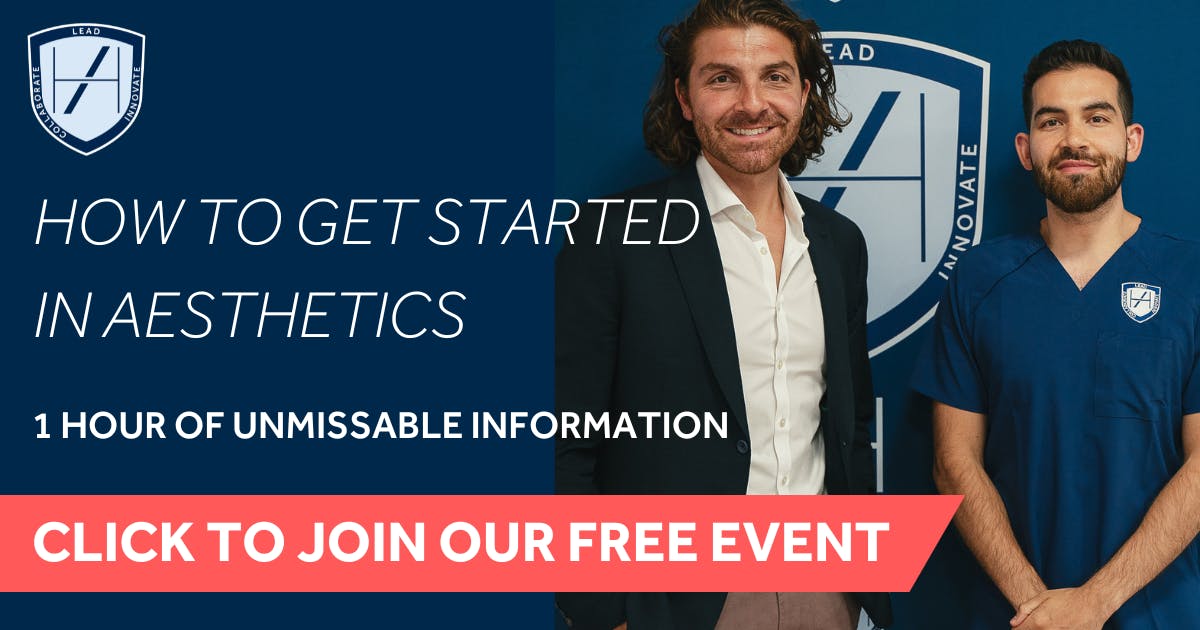What Causes Filler Syringes to Explode? Advice for Injectors

Have you ever experienced a filler syringe ‘exploding’ from the needle hub? If you have - or even if you haven’t, yet - you’ve likely wondered how it could happen.
Here we explain the most common causes of this type of leakage, how to prevent it and what to do if it happens to you.
It’s one of the lesser talked about aspects of filler treatments, but is definitely information every aesthetic practitioner should know!
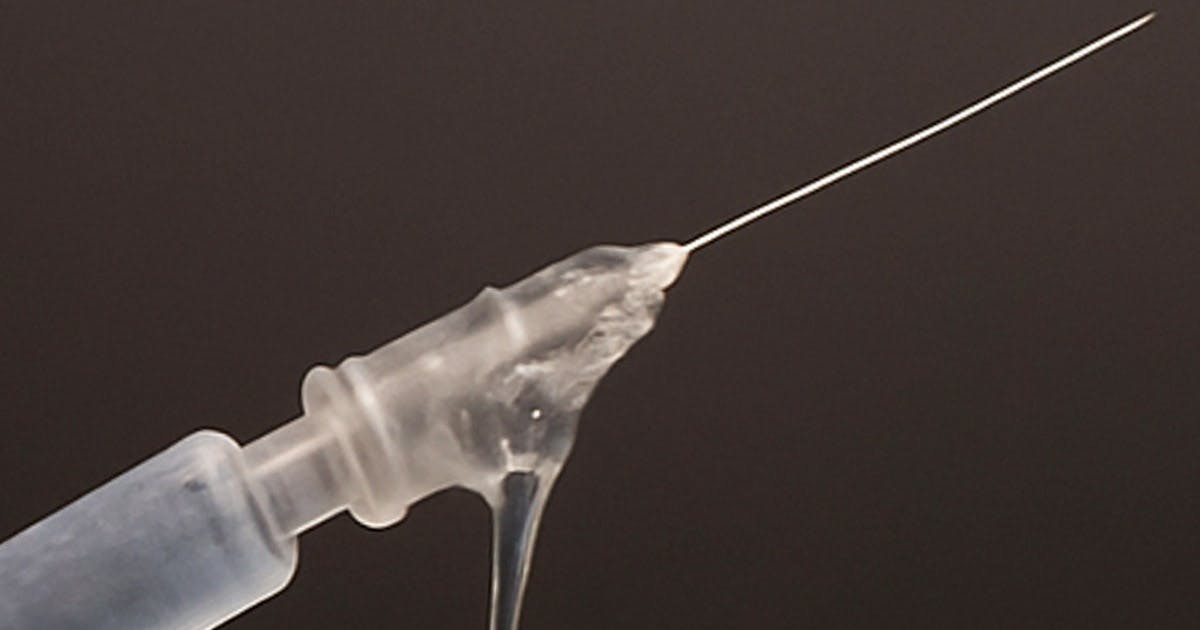
Please note the images above are AI generated
What do we mean by ‘exploding’ filler syringes?
When your syringe suddenly leaks from the needle hub during injection, this is referred to as ‘exploding’.
It usually happens when pressure builds inside the syringe and escapes at the weakest point. This is typically the needle connection.
Although it’s not dangerous in itself, it can compromise the sterility, dose accuracy, and overall integrity of your treatment.
Why do filler syringes explode?
The pressure release that causes the sudden leakage of filler from the syringe is often caused by:
- A loose needle attachment
- Poor manufacturing tolerances between the needle and syringe
- Excessive injection pressure
- Reusing or manipulating prefilled syringes
- Incompatible needle changes.
When the needle isn’t fully seated or if the Luer-Lok isn't secure, filler can leak or spray unpredictably.
What to do if it happens to you
If your filler syringe “explodes,” follow these steps…
- Stop injecting immediately
- Discard the compromised syringe, even if it appears usable. There may be a fault that you can’t see within the syringe that could cause further filler leak or even a breach in the sterility of the filler
- Assess whether any product has entered the tissue. You don’t want to be injecting in the same place twice or not at all
- If you suspect filler was partially delivered, assess the area carefully. Look for volume changes, blanching, or any palpable product
- If you determine the area is suitable, continue with treatment - see below for more information on this
- Do this by preparing a new syringe and needle. Begin again, as if the treatment is starting from scratch
- Document the incident clearly, especially if the syringe came pre-filled. Keep batch numbers for reference, and take photos.
Can you continue treatment after the syringe has leaked?
You can continue your patient’s filler treatment after a syringe ‘explosion’. However, you must first replace both the syringe and the needle. If you’re absolutely certain that the cause of the leak is because you didn’t tighten the needle properly, you could continue with the same syringe. You also need to carefully assess both the area and the patient’s reaction.
If the patient is comfortable and understands the situation, in most cases it’s safe to continue treatment. Only you can make the clinical decision on whether to proceed, based on:
- The patient’s response
- Your assessment of the treatment area
- How much confidence you have in what was - or wasn’t - injected.
If the syringe leaked during a deep injection or where you were treating a high-risk zone such as the glabella or nose, a more cautious approach may be warranted.

Communicating leakage incidents to your patient
As a healthcare professional, you’ll be used to dealing with situations that may be unnerving for your patient. Lean into this experience by keeping your tone calm and reassuring. In these situations, there’s no need for alarm, only transparency.
Manage the situation confidently, to keep your patient calm. This approach will also help them to maintain their trust in you.
You can say something along the lines of:
“Just to let you know, I’ve stopped treatment because I noticed some product leakage at the syringe hub. This can happen occasionally, when there’s a small pressure issue or if the needle loosens slightly.
“To keep everything sterile and precise for you, I’m going to replace the syringe before continuing. It won’t affect your results or your safety, but I always prefer to be cautious.”
This type of communication builds trust. It shows professionalism and reinforces your patient’s confidence in your clinical judgement. Effective management of situations like this is why many patients prefer to see a medical professional for their aesthetic treatments.
Avoid minimising or dismissing the issue. There’s no need to over-explain unless the patient ask but you do still have a duty of candour, so do inform your patient
Why documentation matters when your filler syringe leaks
We highly recommend that you always record what happened in situations like this, even if the treatment outcome is unaffected.
Your notes should include the following information:
- Product name and batch number; it can help to keep the pack sticker and/or to photograph these for future reference
- Area injected (if any)
- Whether the product was replaced
- Patient’s response
- Any actions taken
- Photograph the syringe, if possible
If the filler was pre-filled, you may wish to report the event to the manufacturer. If it’s a recurring issue, you should definitely make your supplier and the manufacturer aware.
Documenting calmly and clearly is part of clinical due diligence. It also protects you if questions arise later. This is where photographs can be incredibly useful.
How to prevent dermal filler syringe leakage
Here’s a quick-reference checklist you can run through minimise the risk of your filler syringes exploding:
- Always check the needle connection before injecting. It should be firmly twisted on with no visible gaps
- Avoid over-tightening, which can damage the hub or create hairline cracks particularly in glass syringes where the Luer-Lok is glued onto the syringe
- Only use manufacturer-approved needle replacements
- Never force product through a blocked needle; always replace it
- If you’re switching needles, keep the hub clean and dry to ensure a tight seal
- When pulling the needle cap off make sure you’re not twisting it off and unintentionally loosening the needle.
Make these ‘pre-injection checks’ a non-negotiable habit right from the start of your aesthetics training. No matter which filler courses you take, these pointers will ensure you start each treatment off on the right foot.
Always inject slowly and intentionally
An additional clinical insight we want to share concerns pressure and risk. Excessive plunger pressure is a warning sign; if it’s hard to inject, you should pause.
Don't force it.
High pressure increases the risk of both product misplacement and syringe failure.
Always inject slowly and with intention for optimal patient safety, but also to protect your tools.
At the end of the day, an exploding syringe isn’t a clinical emergency. It’s not even particularly dramatic. What it is, is a sign to pause, reflect, and refine your approach to filler treatments.
As we’ve set out, prevention is usually simple. Awareness and consistency are what keep small issues from becoming clinical problems.
In aesthetic medicine, the little things matter, because trust is built through the details. Patients want to feel safe placing their trust - and face! - in your hands, so remember that how you handle situations like this reflects your professionalism.
Developing confidence in syringe handling as an aesthetic practitioner
The process of developing clinical confidence in syringe handling is gradual, theoretical and experiential. It’s the foundation of safe and consistent practice in medical aesthetics.
Clinical confidence is earned through repetition under guidance following deep immersion in the necessary theory, and observation.
Why theory is so important
As an aesthetic practitioner, before you even pick up a syringe, you need to understand:
- Facial anatomy in three dimensions
- Vascular pathways and danger zones
- Pharmacology of the products you're using
- Principles of dose, depth, and diffusion.
Without this knowledge, you’re injecting in the dark. That would not only be unethical, but would put your patients - and your career - at risk.
Theoretical knowledge gives you a map of the territory. It allows you to navigate with purpose, rather than by trial and error.
Once you have a detailed knowledge of aspects such as facial anatomy and product science, you can build on the confidence you’ll draw from this. Only when you’ve reached this point should you consider getting hands-on.
Learning through observation and guided practical experience
At Harley Academy, our Ofqual-regulated and JCCP-approved Level 7 Diploma courses in cosmetic injectables are respected industry-wide. This is because we ensure every Harley Academy trainee develops the depth of theoretical understanding in critical aspects, before putting them into practice.
You’ll start by learning what’s necessary to best inform your practical injecting and patient interactions. We provide a wealth of detailed eLearning and observation opportunities, before trainees start their mentored practical aesthetics training.
This holistic learning pathway allows clinicians to build their confidence step-by-step. Each new piece of knowledge and insight, informs the next phase of the journey.
Whilst our Observation Days are always met with excitement and trainees report finding them highly informative and enjoyable, we know you’re all keen to get to the injecting!
Hands-on mentoring sessions for practical learning
During hands-on mentoring sessions, where one of our approachable faculty members will personally support you, you’ll treat your own patients. Drawing on everything you’ve learned to date, you’ll start to develop your practical skills, in line with the Global Evidence Matrix.
With every syringe handled, practitioners develop:
- A feel for how much pressure is too much
- An instinct for when a needle isn’t seated properly
- A rhythm in their injection technique that reduces risk.
It’s often subtle, tactile feedback that helps prevent equipment issues, alongside your knowledge of what to look out for.
Good aesthetics training doesn’t just teach you what to do. It helps you recognise when something feels off, developing your instincts.
That includes:
- Recognising resistance in the plunger
- Sensing when a Luer-Lok isn’t fully engaged
- Noticing small leaks before they escalate.
Injectors who’ve undertaken high-quality, scenario-based botox and filler courses are far more likely to pause before a complication happens. Clinically confident practitioners respond with calm decisiveness as they understand what’s happening and how best to manage the situation.
Syringe handling skills aren’t restricted to injecting
Confident syringe handling includes:
- Knowing which needles are compatible with which syringes
- Understanding how different viscosities affect pressure
- Being aware of manufacturer tolerances and variances between brands.
This level of knowledge allows a practitioner to pre-empt issues before they happen. For example, avoiding mismatched needle-syringe combinations that are more prone to leaking.
Syringe handling is a quiet skill. No patient ever compliments you for locking a needle properly, but they will remember how safe they felt in your hands.
If you’re looking for the best aesthetics training for healthcare professionals, with professionalism, ethics and efficient, evidence-based practice at their core, we’re here to help.
Our experienced team will be happy to discuss your requirements and recommend appropriate botox and filler courses that meet your needs. Book a call with them for a date and time that suits you, to have all your questions answered.
All information correct at time of publication
Download our full prospectus
Browse all our injectables, dermal fillers and cosmetic dermatology courses in one document
By submitting this form, you agree to receive marketing about our products, events, promotions and exclusive content. Consent is not a condition of purchase, and no purchase is necessary. Message frequency varies. View our Privacy Policy and Terms & Conditions
Attend our FREE open evening
If you're not sure which course is right for you, let us help
Join us online or in-person at our free open evening to learn more
Our Partners
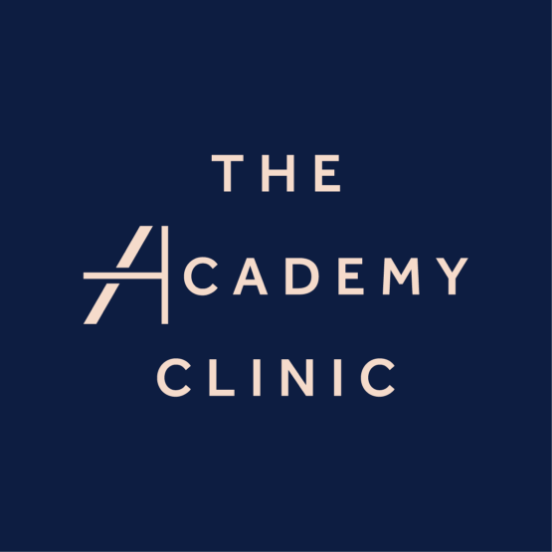
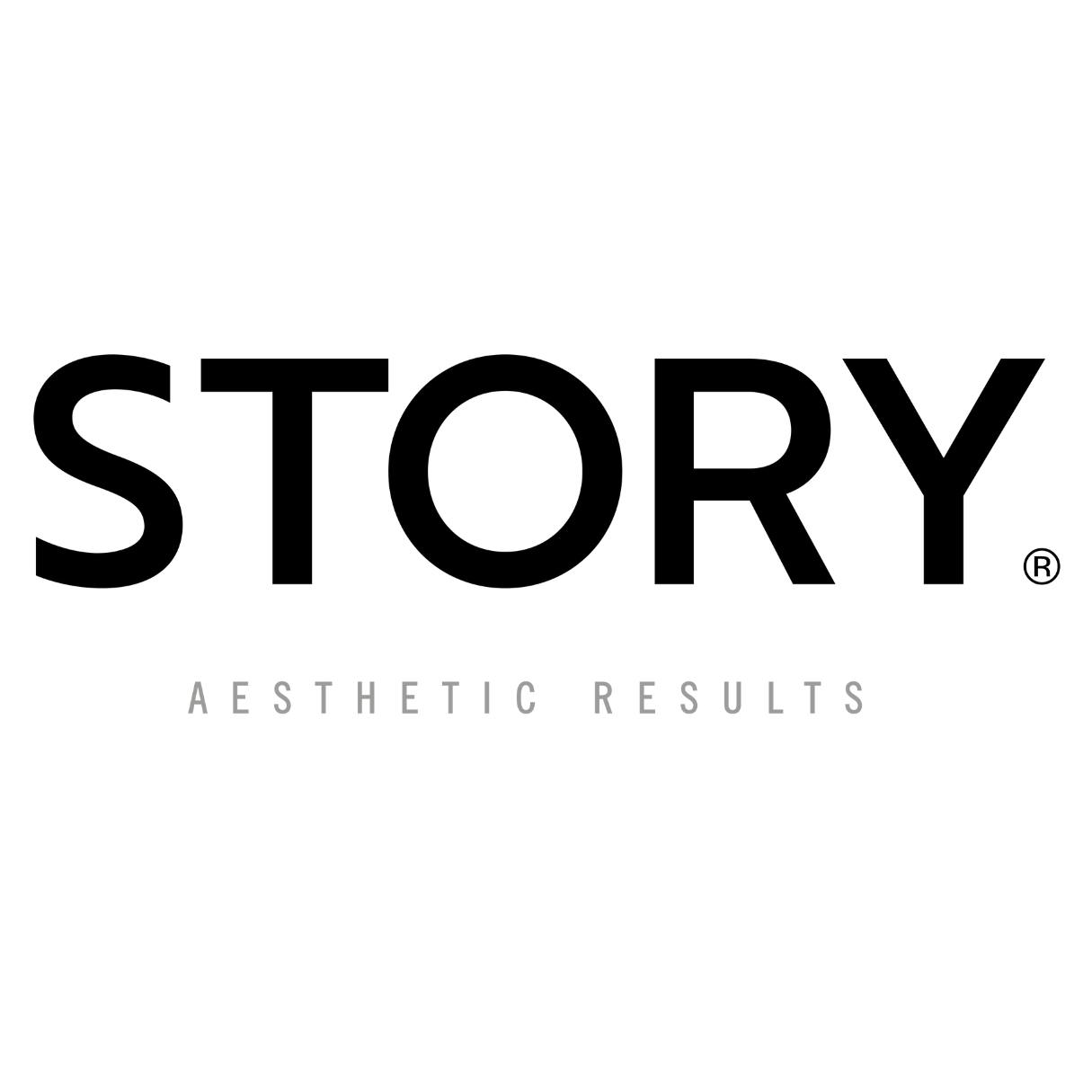
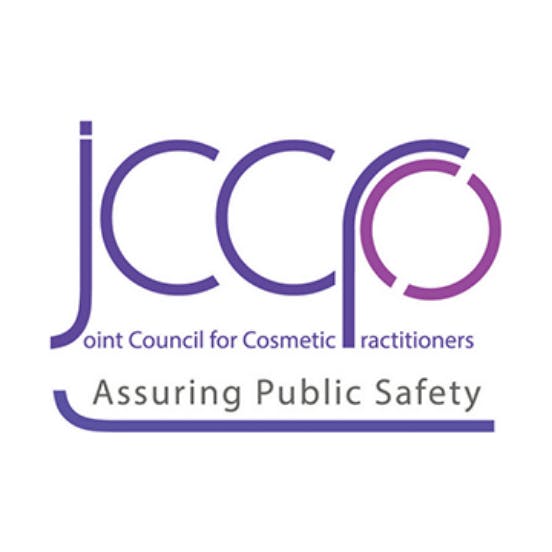
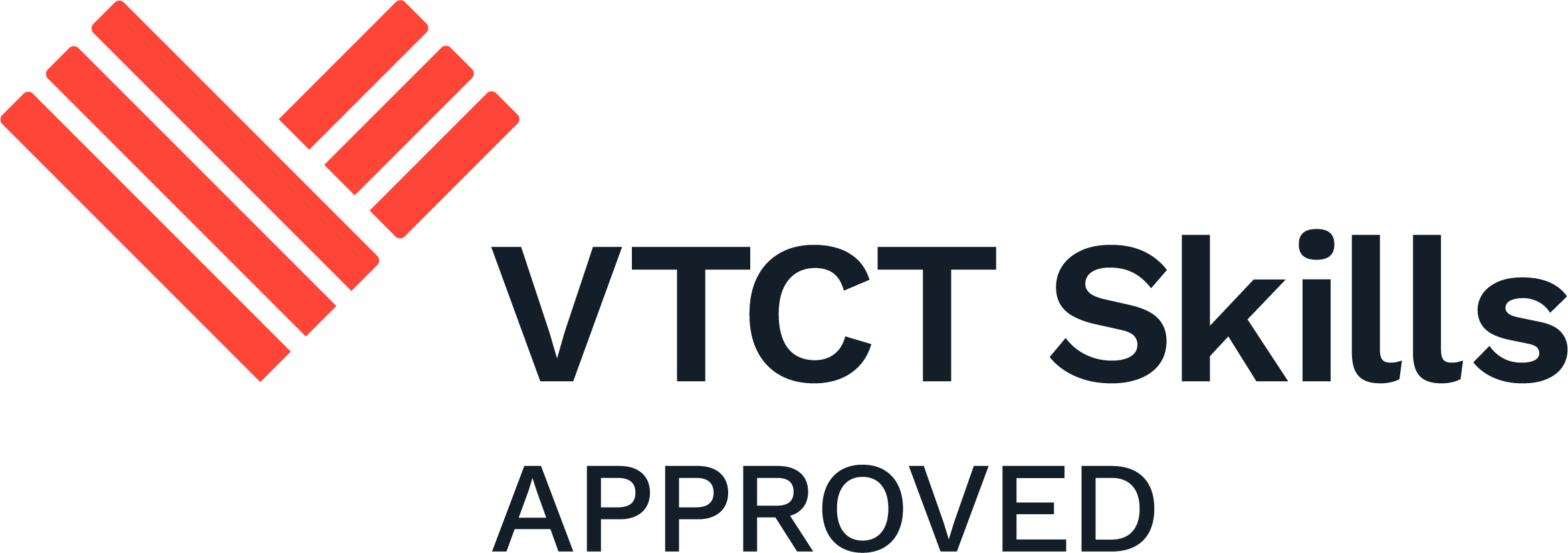

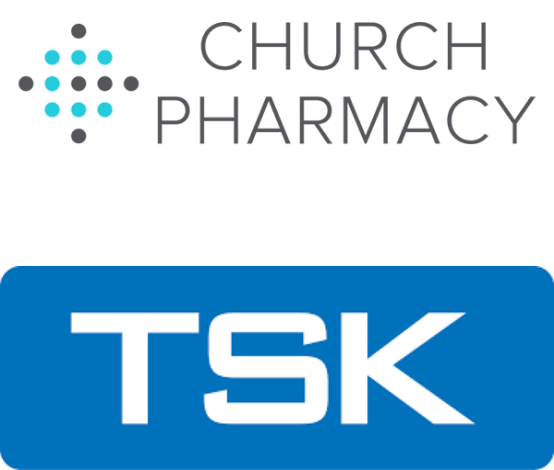
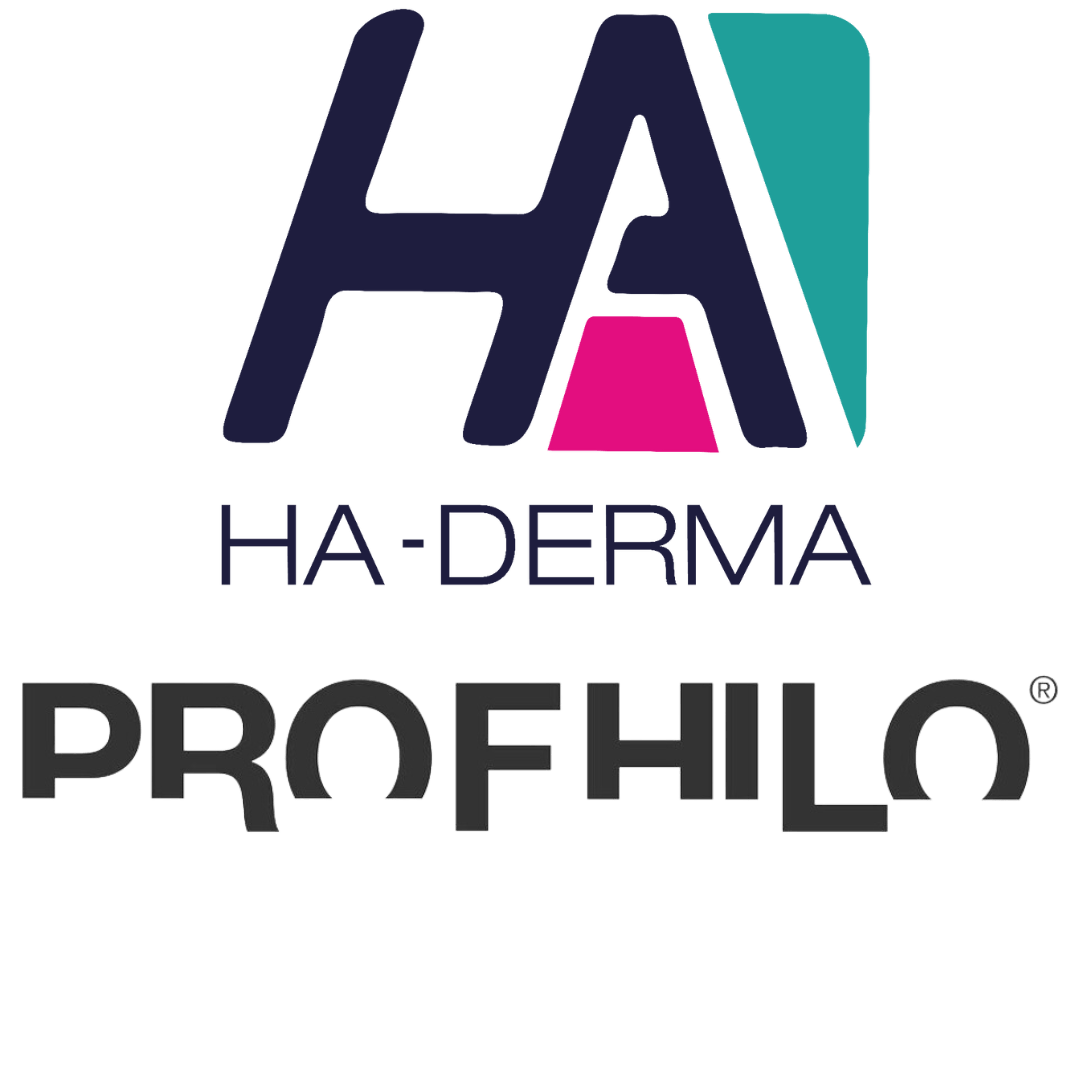
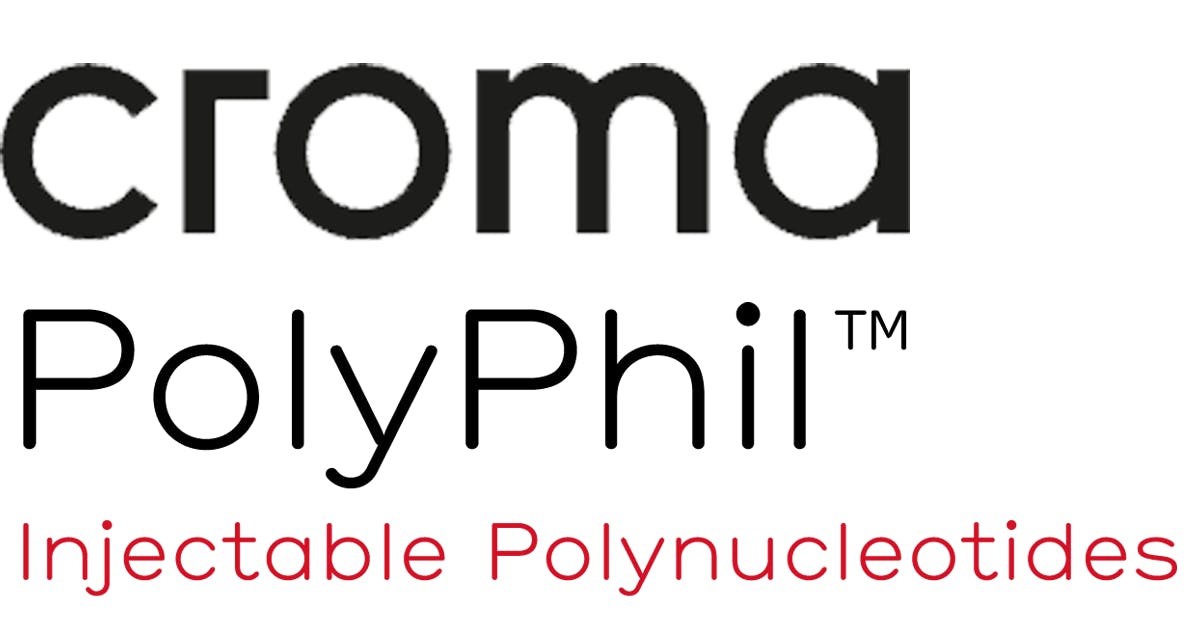
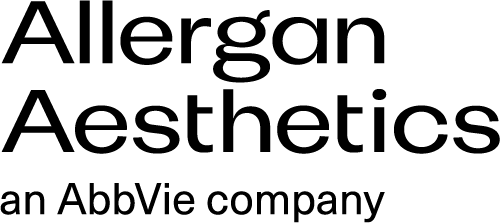
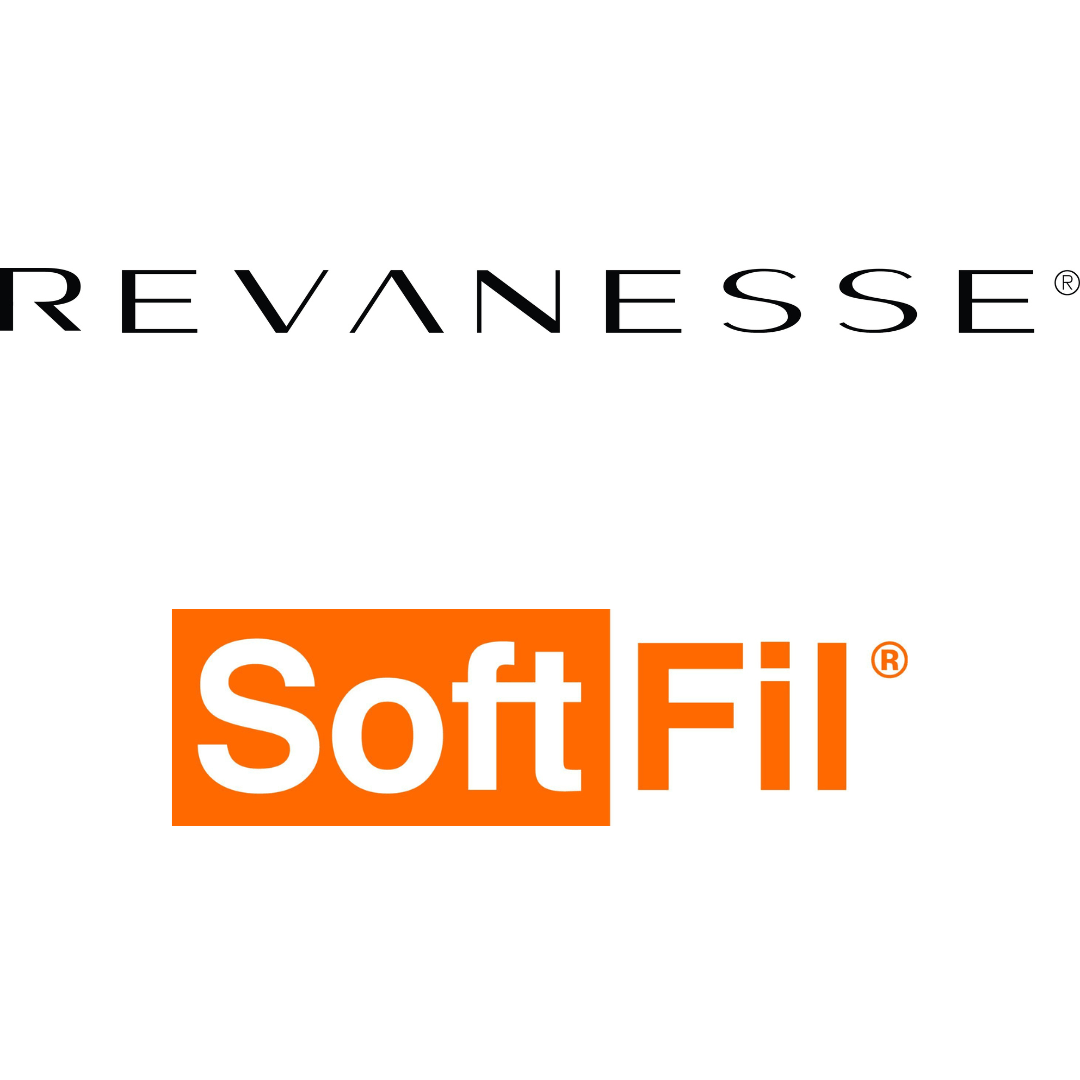

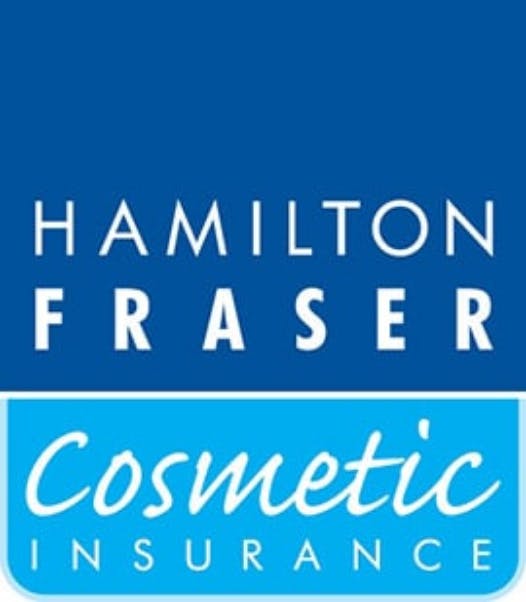
STAY INFORMED
Sign up to receive industry news, careers advice, special offers and information on Harley Academy courses and services


